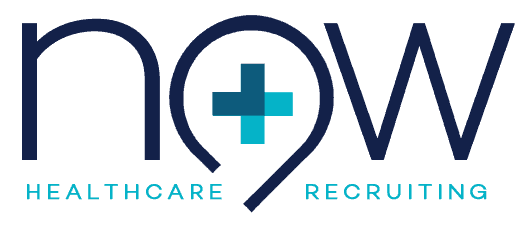By David Wolfe
Giving your team members a voice is so easy to do, and so powerful.
This is such a hot button for the younger future workforce. They want to join an organization that hears their voice. They become excited about it. They want to be a part of the big picture and take part in where the organization is going, and they want you to hear them. Some of the best ideas you get are going to come from them, but that doesn’t mean you have to implement all of their ideas. They know this. They don’t expect all of their ideas to be used. But just the fact that you’re hearing their voice and there’s a chance you may take their ideas creates huge buy-in. It doesn’t cost much money. It does take up some time, but it’s an easy implementation with profound rewards in terms of retention.
At NP Now, we hold quarterly offsite meetings. Every three months, we sit down as a team and break out into groups. In these groups, we ask: What’s working? What’s broken? What’s confusing? And they answer. They ask those in management other questions. What in our organization is working? What’s broken? What’s not working? What’s confusing?
They write it all out and brainstorm. When they get to the end, they figure out some themes, some commonalities that they’re all saying, and then they present it to the group. Everyone in all the groups hears what each of the groups is saying. As a leadership team, we’re listening to everything that’s said, and then we figure out what we need to implement. Sometimes, we’ll try to answer the question right there: Since everybody’s talking about thing x that we need to improve—say it’s a certain process—let’s kick it around right here and talk about it. Then it becomes a company-wide discussion, or at least the leaders of those groups are discussing how we improve those processes. This not only can generate some of your best ideas, but it also gives your younger workforce a voice. It’s collaborative, which they love. Then, when you make decisions based on their voice, the level of buy-in is so much higher. They feel like they had a significant role in changing the direction of the practice. Now they’re saying, “Hey, I’m affecting the organization. My organization has a big vision, it has a strong core purpose, and it’s doing some really good, cool things in the community—and I’m having an impact in that.”
We also hold meetings individually. You can include this when holding leadership meetings and accountability meetings every week or two. Ask them what they think the company needs to start doing, stop doing, and keep doing. It’s a different version of those questions, but it’s another way to let them express their voice. This younger workforce is very tech-savvy. They can find information fast. They’re creative. They think outside the box. Asking them the questions will generate some of your best ideas, if you only listen to them and they feel like they are genuinely being listened to.
Another cool thing I’ve heard about some companies doing is creating an email address where people can send their ideas. I haven’t tried it, but I’ve heard it can be effective. Somebody in leadership needs to check the email regularly and respond thoughtfully. Then you not only have a constant flow of new ideas but you are continually reinforcing the notion that your workers’ voices are being heard.
When we interview NPs and PAs, especially the members of this new future workforce, you can really sense their excitement once we talk about how their voice is going to make a difference.

